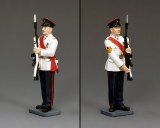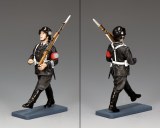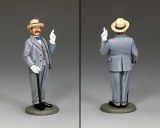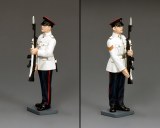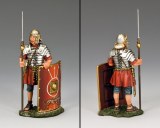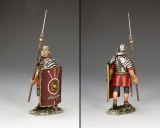Captain Randall Bond
Reference JJCLUB-2016A
Brand : Collector Club
JJ DESIGN COLLECTOR JJCLUB-2016A Captain Randall Bond
WHEELS ACROSS THE DESERT,
Captain Randall Bond,
(1pc)
Fort William Henry was a British fort at the southern end of Lake George in the province of New York. It is best known as the site of notorious atrocities committed by the Huron tribes against the surrendered British and provincial troops following a successful French siege in 1757, an event portrayed in James Fenimore Cooper's novel, The Last of the Mohicans, first published in January 1826.
The fort's construction was ordered by Sir William Johnson in September 1755, during the French and Indian War, as a staging ground for attacks against the French fort at Crown Point called Fort St. Frédéric. It was part of a chain of British and French forts along the important inland waterway from New York City to Montreal, and occupied a key forward location on the frontier between New York and New France. It was named for both Prince William, the Duke of Cumberland, the younger son of King George II, and Prince William Henry, Duke of Gloucester, a grandson of King George II and a younger brother of the future King George III.
A military engineer's position in the 18th century can be reduced down to two things, building and destroying forts. An engineer in the 18th century were mainly classically trained military engineers. They constructed forts, and if attacking forts, their job was to determine the most effective method of destroying the fort.
They were also architects, since an engineer also designed the buildings inside the fort.
There were three basic levels of engineers — the lowest level built houses and such mundane buildings, then the military engineer who built forts, and the top level, the castle builders. None of these engineers really had the social position we associate with engineers today. Today, an engineer holds an elevated and respected position in society. In the 18th century there was a real prejudice against men who worked with their hands rather than their minds. A Gentleman would not condescend to do that. People of the middle or lower class who labored were hired for these positions. An engineer in the 18th Century would rank somewhere around a master stone mason or a master carver.







